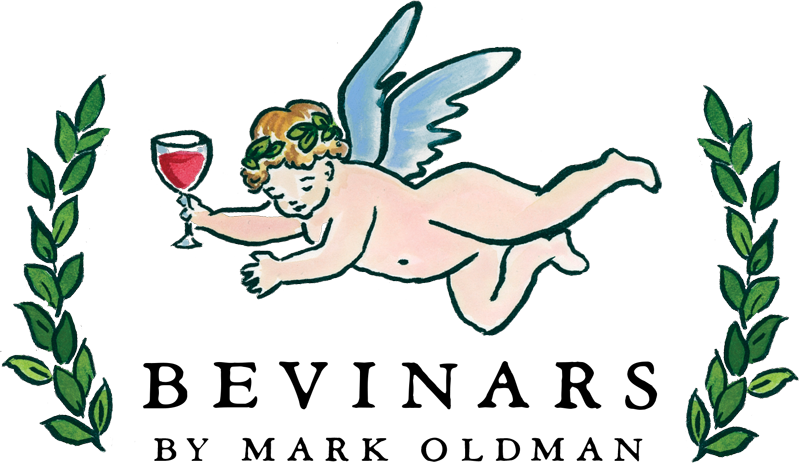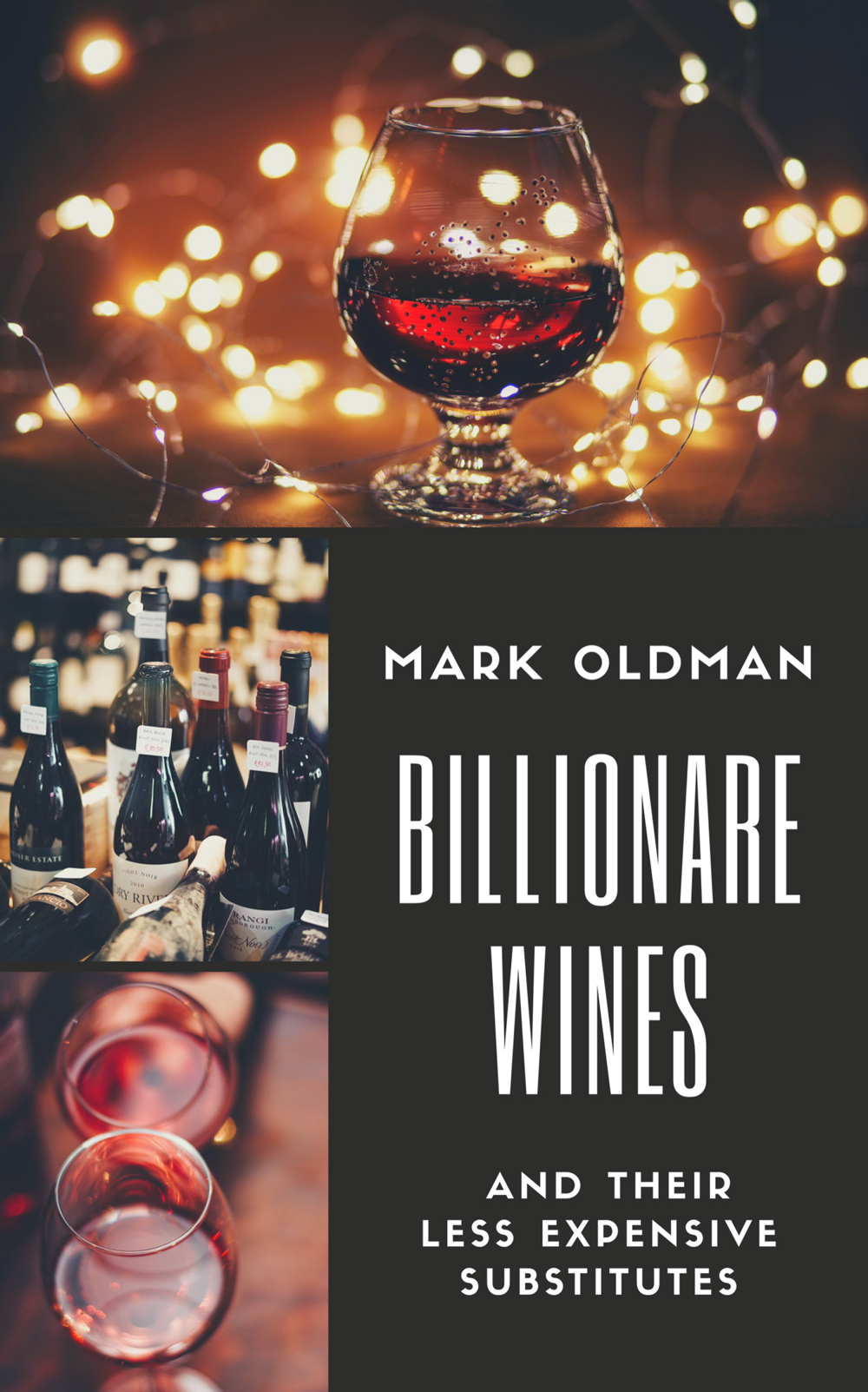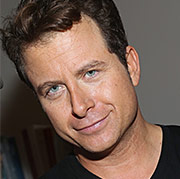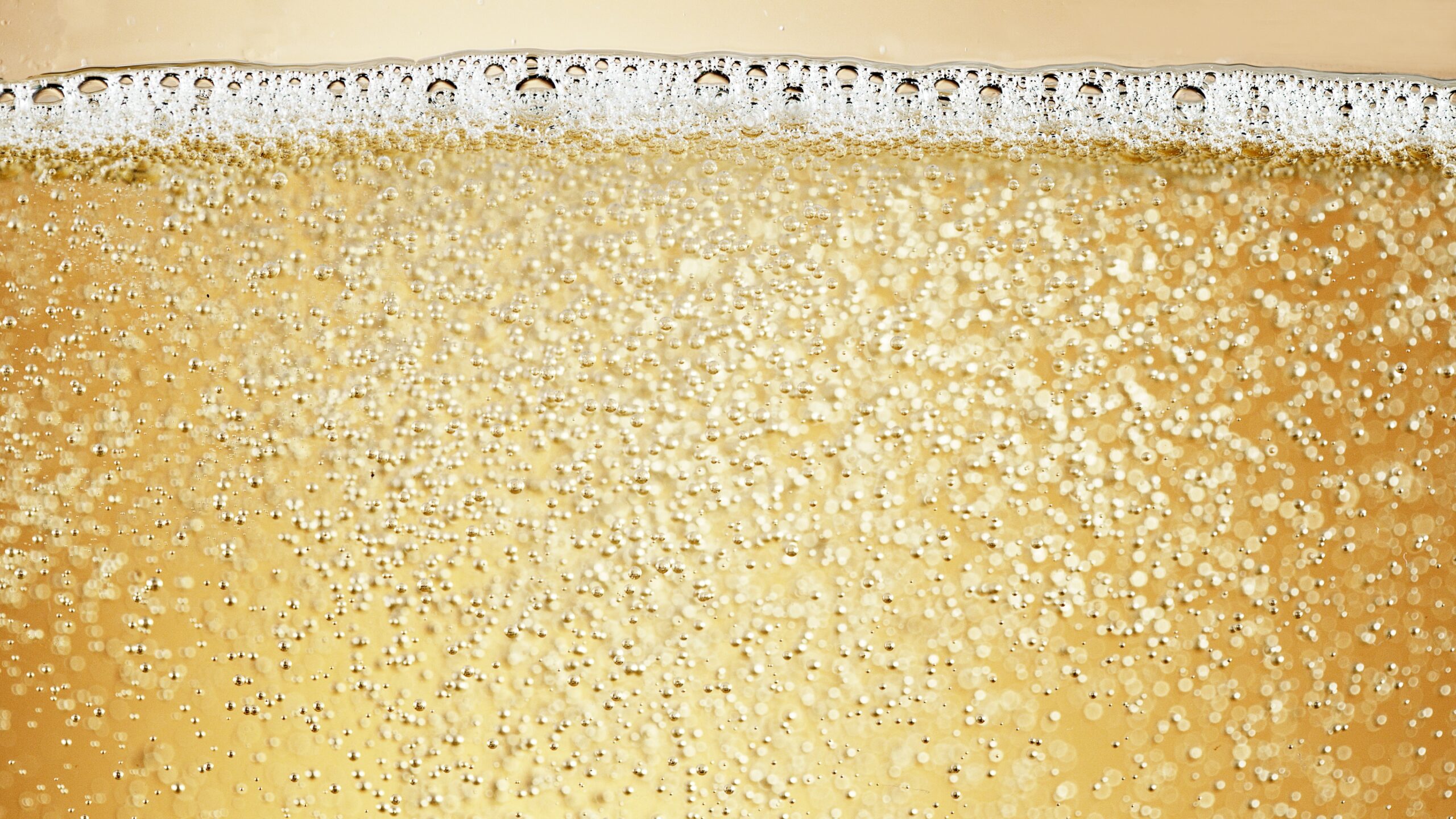
Basic Wine Guide
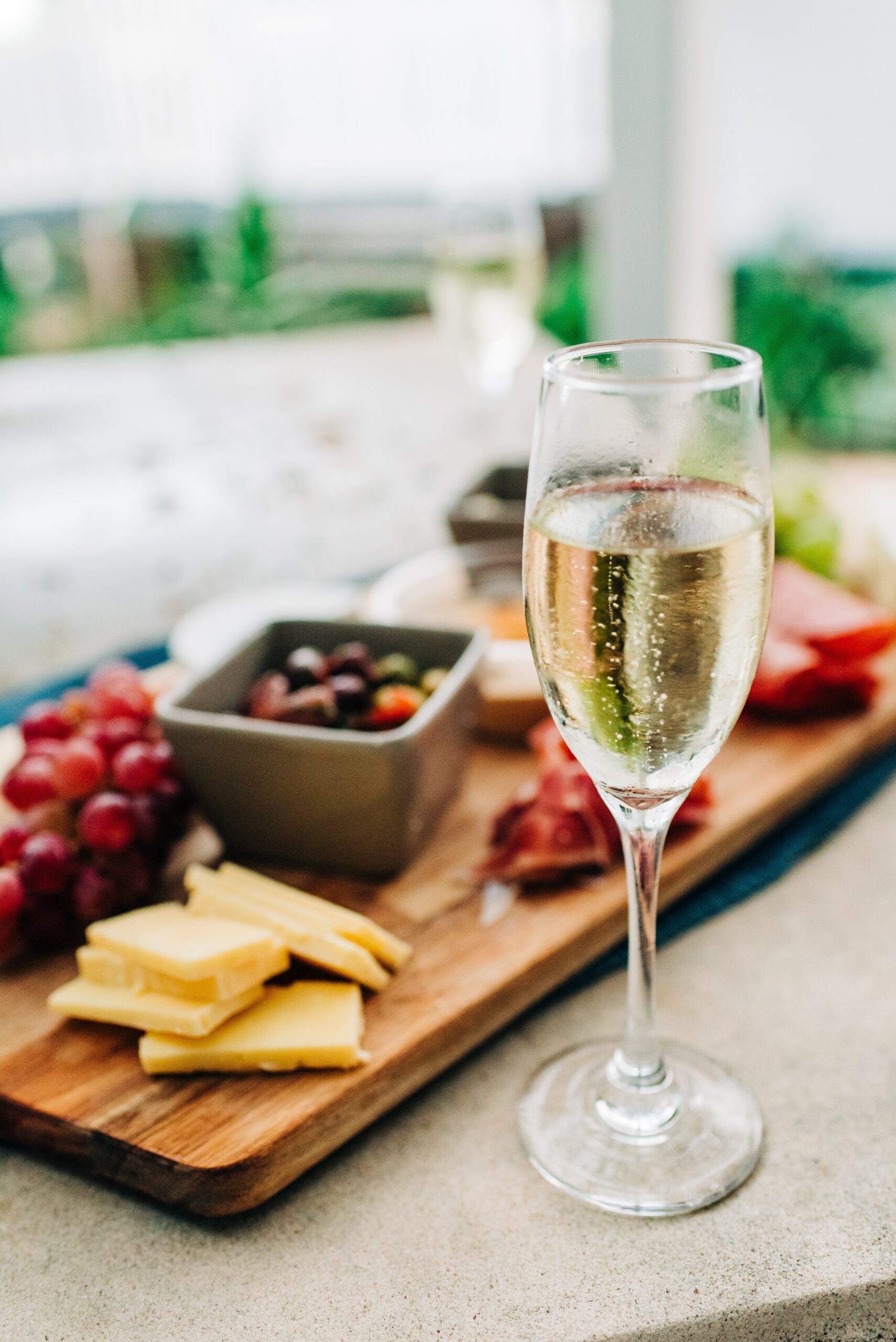
Wine should be enjoyed. Enjoying wine increasingly more each day involves enhancing your wine knowledge, just like a bit of understanding regarding music will upgrade your experience in listening to a symphony. Even a little bit of know-how—from learning wine basics—will go a long way.
So, here’s a roadmap to basic wine knowledge.
What is wine?
Although “wines” made from other fruits—peaches, strawberries, elderberries—exist, technically wine is made only from the juice of grapes. This grape juice (called “must”), which may contain stems and skins, is then naturally fermented using yeast.
Thus, wine results from the yeast fermentation of grape must, generally to an alcohol level somewhere above seven percent. Although this truism varies from one wine to another, wine is a natural product with very few ingredients made by natural yeast fermentation controlled by the winemaker’s art.
What happens during fermentation?
The yeast consume the sugars in the grape must, converting it to carbon dioxide, heat, and alcohol. If nothing stops the yeast, they will continue to produce higher levels of alcohol until that level becomes toxic to them and they die. That generally happens once the wine reaches thirteen to sixteen percent alcohol by volume.
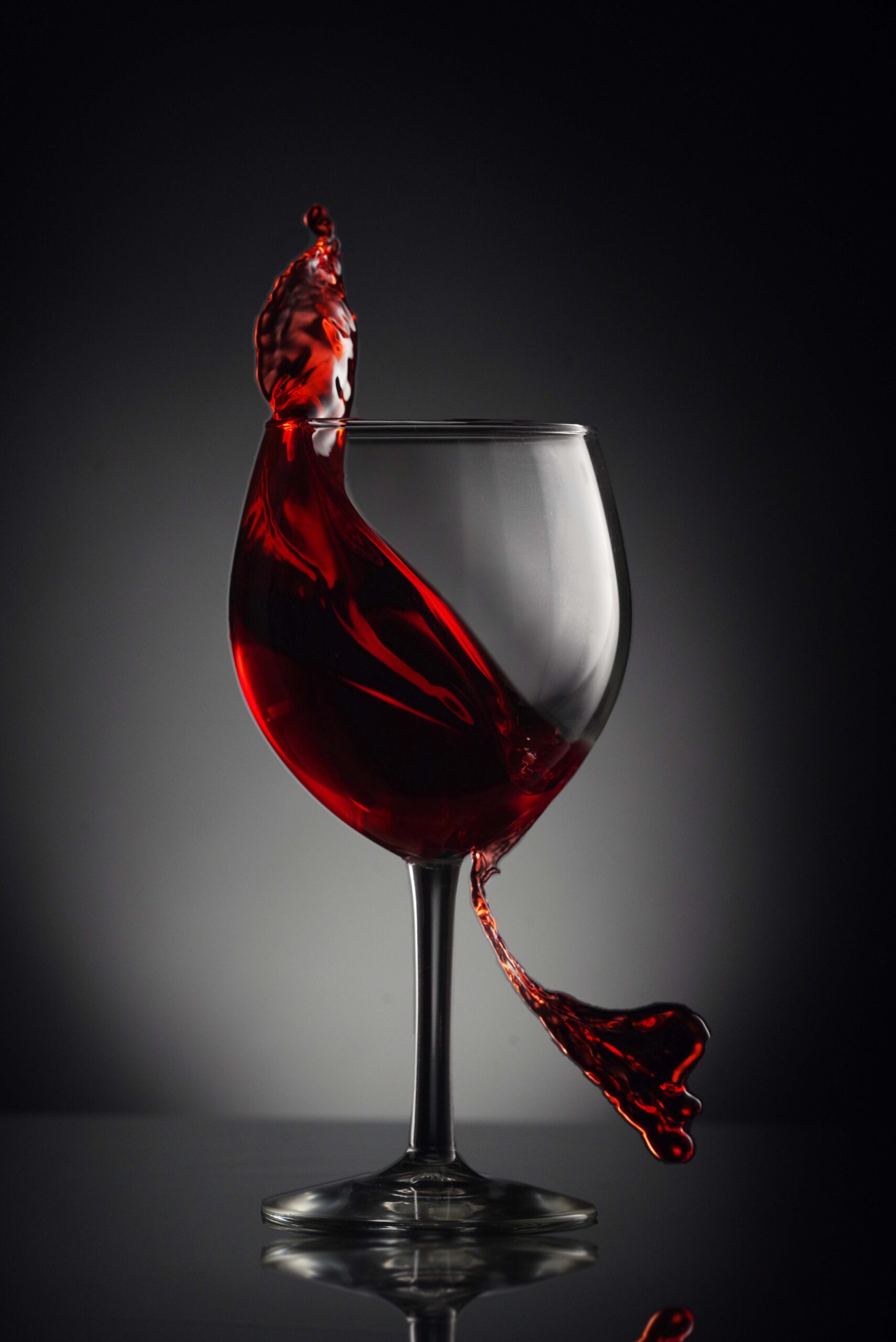
What are the basic types of wine?
The types of wine depend on different winemaking, and, in some cases, grape growing techniques that produce red, rosé, white, sparkling, dessert (or sweet), and fortified wines. Recently, you may have also heard about orange wines. Really, the world of wine offers a rainbow of colors. And there are many great values, including among cheap wines.
Red Wine
Red wines are made from black grapes; that is, the skins are black, purple, or red. The red color comes from long period of skin contact in the must—the skins stay suspended in the must. The most common red wine varietal is Cabernet Sauvignon.
White Wine
White wines, believe it or not, can be made from black grapes or white grapes. In most cases, the pulp inside a black grape remains uncolored. So, if you’ve ever heard of a “blanc de noirs” Champagne, that’s a white Champagne made from black skinned grapes, usually Pinot Noir. In making white wine, the skins are removed from the must, so they don’t tint the wine.
Rosé
Rosé wines are made from limited periods of skin contact, not by blending red white with white wine. There are different techniques for making a rosé, but the color comes from the skins.
Sparkling Wine
Sparkling wines are made naturally by capturing the carbon dioxide from fermentation inside the wine bottle. It this is from the first fermentation; the resulting wine will be lightly sparkling. Champagne and its cousins are made from a second fermentation inside the bottle that is induced by the winemaker (by adding sugar and yeast). This results in more dissolved carbon dioxide under pressure, which results in a greater quantity of stronger bubbles in the sparkling wine.
Finally, some sparkling wines are made in a tank where carbon dioxide is forced into the wine.
Fortified Wine
A fortified wine has additional alcohol (usually a kind of brandy) added to the wine, which raises the alcohol level. Examples include Port and the various kinds of Sherry. Thus, fortified wines can be red wines or white wines.
Dessert Wine
Dessert wines or sweet wines have an elevated level of sugar. This may be because the winemaker stopped fermentation, leaving “residual sugar” in the wine. These will have a lower alcohol level alongside the sweetness.
Other dessert wines are made from grapes that had such a high concentration of sugar to begin with, that when the yeast die at the end of fermentation, the resulting wine still has a lot of residual sugar. An example of this is the wine called “Sauternes” from Bordeaux, France, but there are many other examples.
Orange Wine
Orange wines are white wines made from white skinned grapes. Instead of allowing no skin contact, the winemaker has chosen to allow the skins to remain in the must, sometimes for extended periods. This results in some richer and darker color in the “white wine,” hence an orange wine.
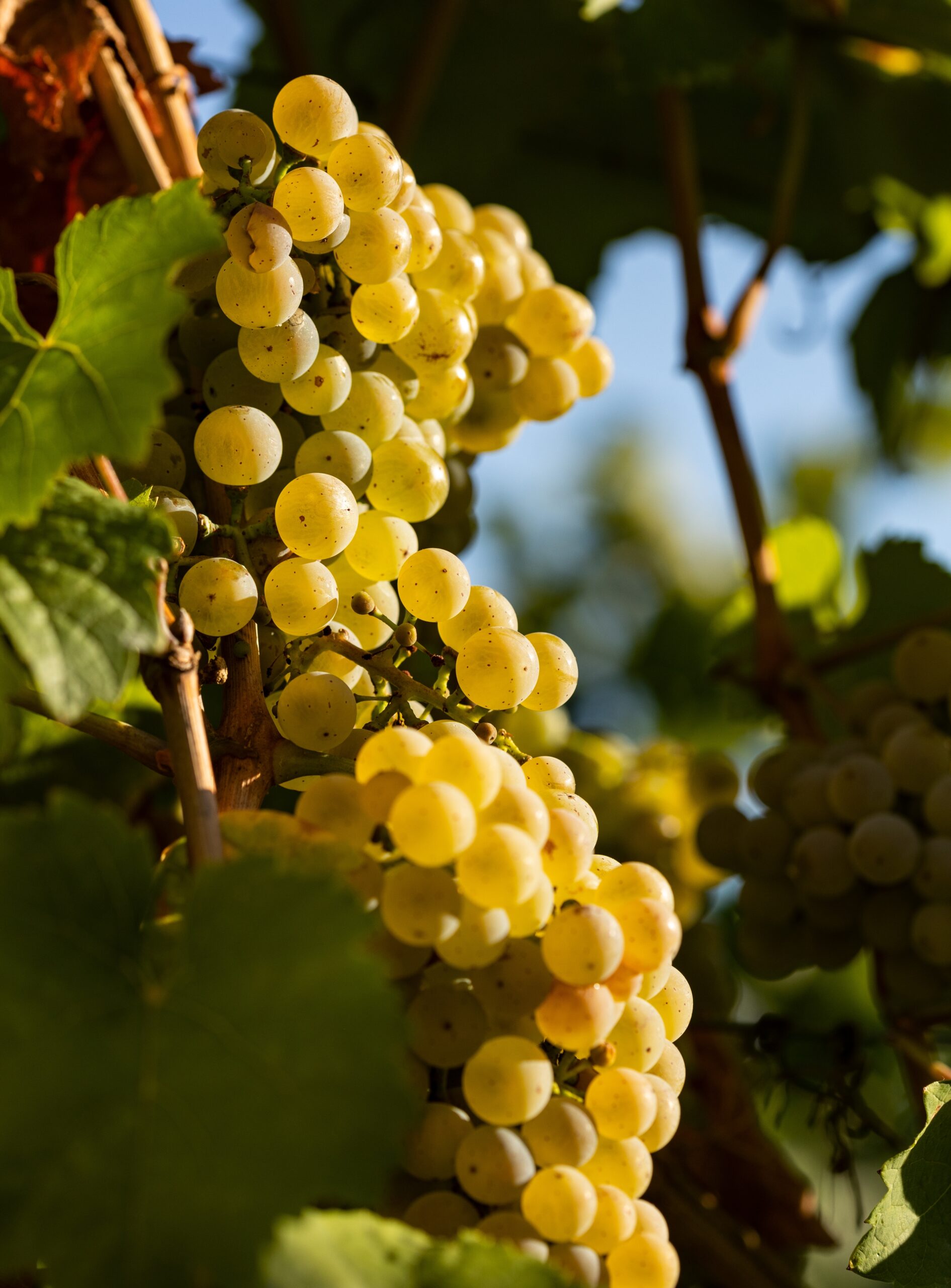
What are varietal wines?
These are wines made entirely or predominantly from a single grape variety. The most common examples are a Cabernet Sauvignon (red wine) and a Chardonnay (white wine). Varietal wines are great for beginning wine drinkers because you can get an idea of each grape’s characteristics.
Not all Cabernet Sauvignons will taste the same, however. Why? First, because the growing conditions of the grape vines can vary substantially. This can vary because of the geographic location of the vineyard and its layout, the weather that year, the overall climate (especially cooler or hotter), the local soils, and decisions made by the winemaker, including traditional winemaking practices.
This is where wine starts to become very interesting, like the symphony. So many variables enter into producing even a varietal wine, made from a single grape, that the wine expresses a personality.
In the best case, this personality relates to a place; these are known as wine regions. So, a Cabernet Sauvignon wine made in Napa Valley, USA, will express one personality, while a Cabernet Sauvignon from Tuscany, Italy, will express a very different and distinct one. The wine regions matter. This is why most Europeans traditionally identified a wine using its place of production and not necessarily by the grape variety.
Why does vintage matter?
To continue with wine basics, vintage indicates the year the grapes were grown and the wine made. It’s important because it’s a member of that vinous symphony. A particular year’s growing conditions, like more or less rain, more or less heat, frost, dryness or abundant moisture during critical periods, date when the vines flowered, etc. can have a mighty effect on the grapes’ qualities and thus the resulting wine. If you want to be entertained while pondering this idea, watch a great wine move, like “A Good Year” with Russel Crowe.
Many winemakers try to decrease the importance of vintage if they want to produce a consistent product year after year. That way, you don’t really have to worry about vintage, just the wine brand. This is particularly true for wines you might find in the supermarket aisle, where a brand identity and a particular taste must go together.
Other winemakers want to let the vintage express itself, because this leads to intriguing diversity in the wines—they are not necessarily the same year after year. Cabernet Sauvignon, for instance, can be greatly affected by vintage variation. A great vintage occurs when the myriad factors affecting grape growing and winemaking that year come together to make for an excellent tasting wine. As you learn more about wine, what those precise factors are becomes more evident. Don’t worry, the learning curve is gentle.
I don’t like wine.
Wine can seem intimidating, and you may have tried wines that put you off because they seemed too bitter, too sweet or not sweet enough; maybe bland or too tart; or with flavors you don’t like. That is, however, one of the great things about wine: a myriad of expressions, types, blends, varietals, and bitterness and sweetness levels exist, all at the same time. That’s the vinous symphony!
There’s literally tens of thousands of different types and styles of wine. So, try different ones. Go to a wine tasting. Visit a wine shop or online store and ask for recommendations. Don’t be intimidated by wine! This website has a list of 100 essential wine facts, so you can even begin to sound like a connoisseur.
In conclusion, exploring the world of wine is a journey filled with endless discovery and enjoyment. By understanding wine’s most basic elements, you can enhance your appreciation for this ancient and fascinating beverage.
If you’re looking to deepen your knowledge and refine your palate, consider taking a wine class with Mark Oldman, including a wine tasting. His expertise and passion for wine are sure to enrich your wine experience and open up a whole new world of flavors and aromas to savor.

